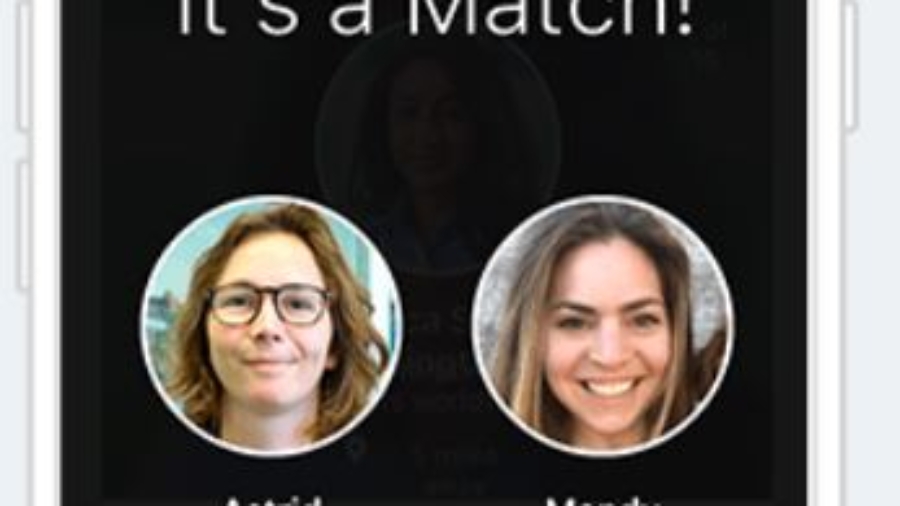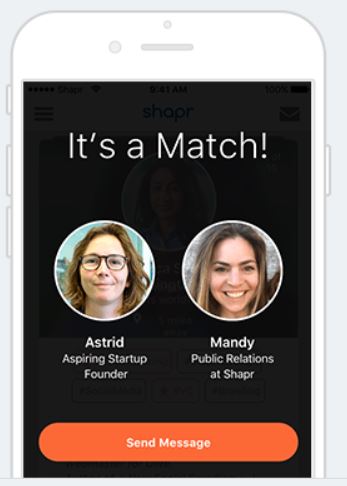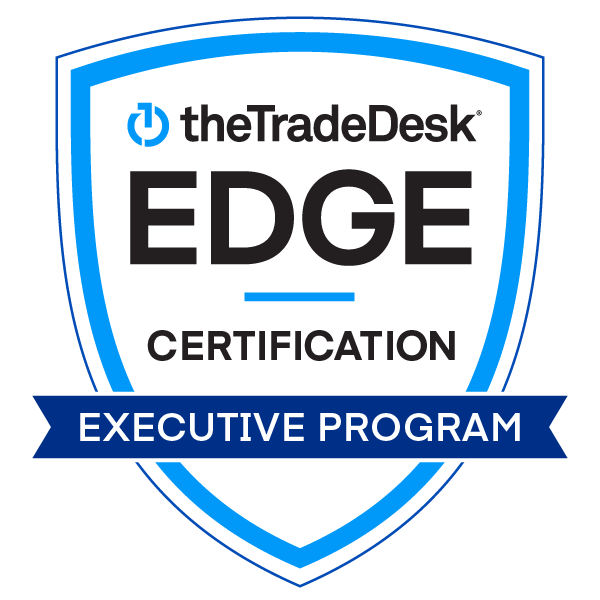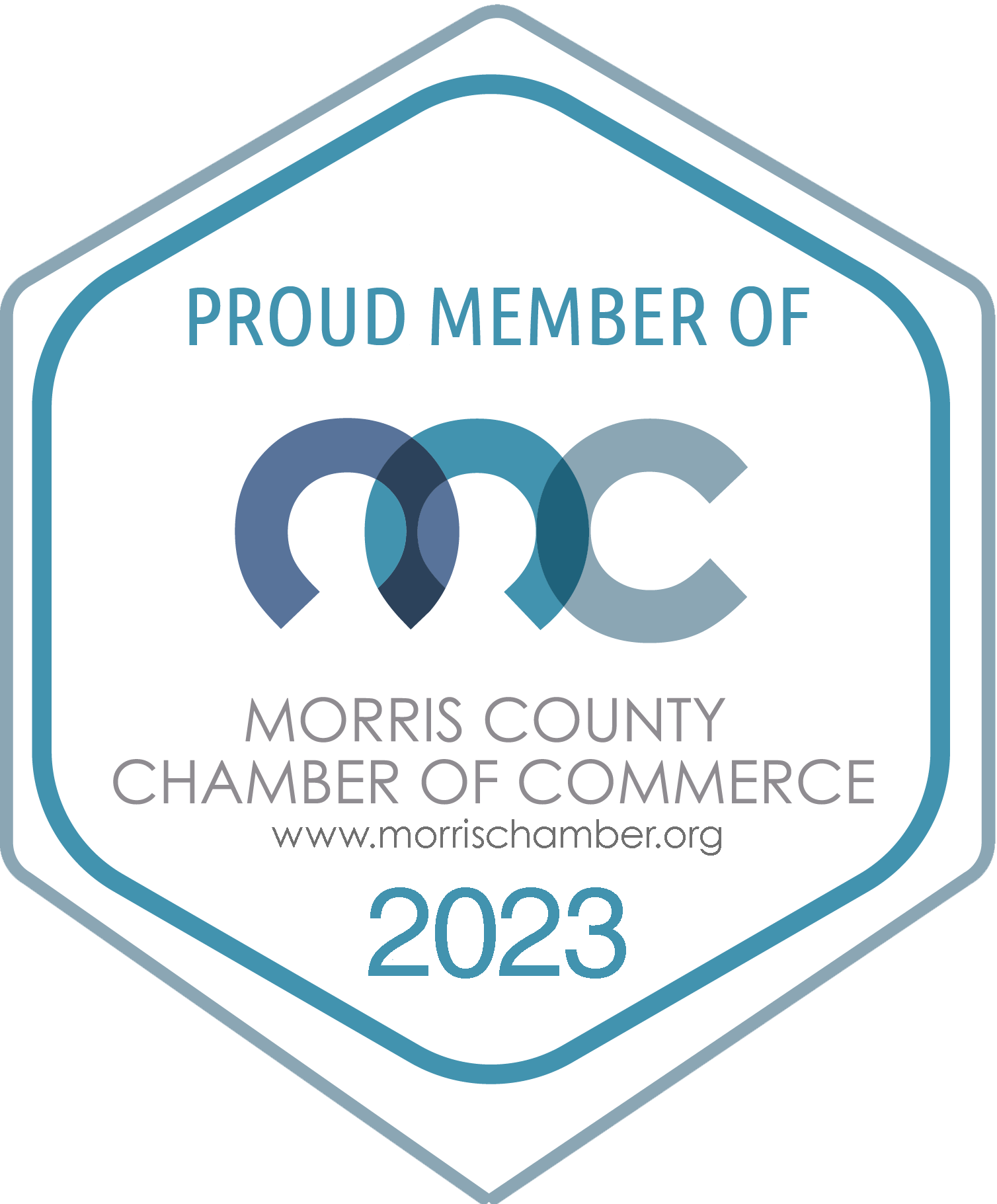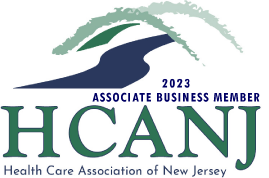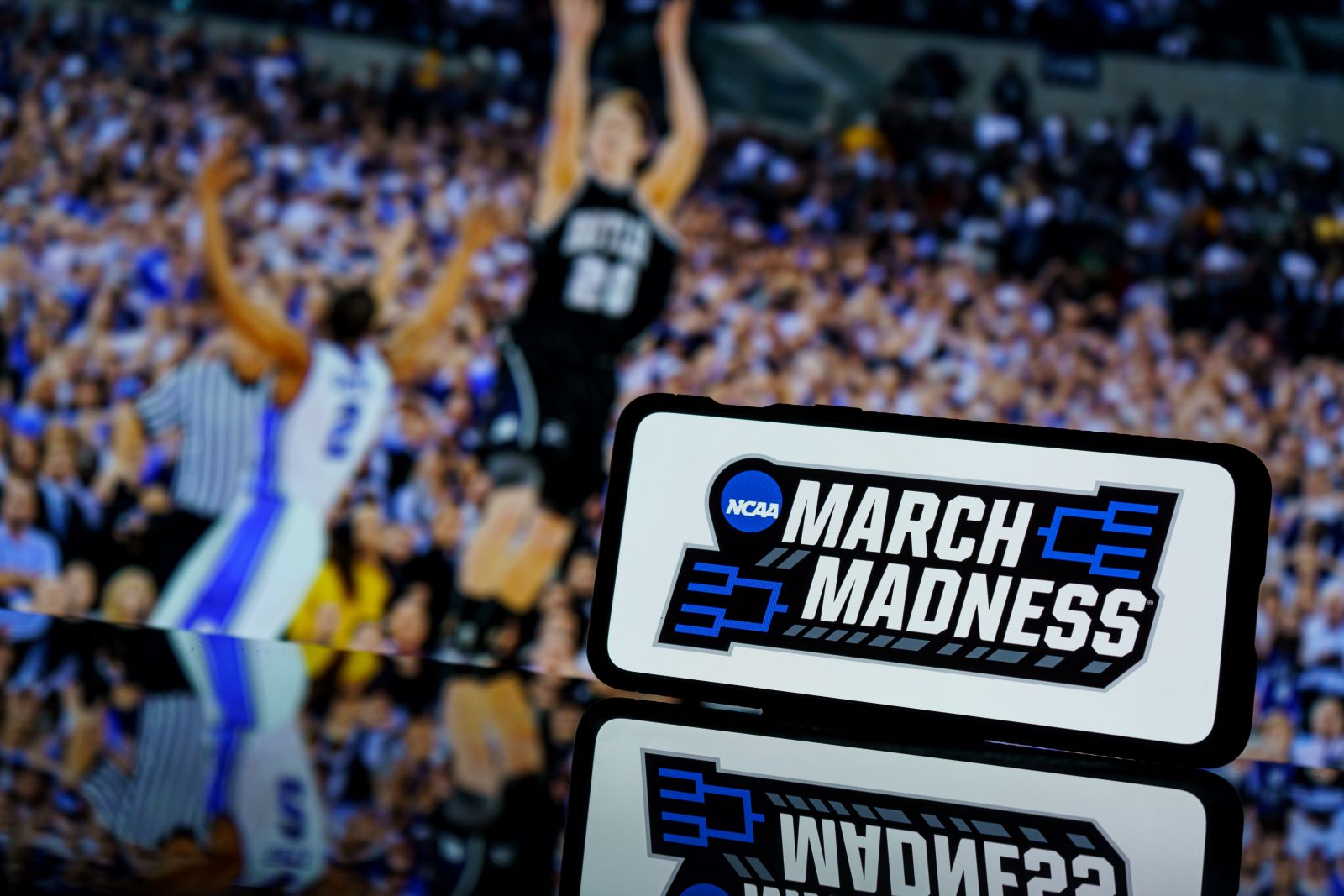
March is here! To some, that might indicate Saint Patrick’s Day is near or even Palm Sunday. Yet there is a specific group of people that only care about March for one reason. March Madness. As a fan of March Madness, and a former collegiate athlete, I can appreciate the passion brought by fans each year. It’s inspiring to root for young adults who are particularly great at what they do.
Despite the excitement it brings to fans, it also fills the pockets of athletes everywhere. Two major components factor in when talking about how much an athlete can make. First is a traditional endorsement. Sponsorships with major brands lead to an athlete being asked to model a product or post about it. In turn, these brands hope to influence people to buy their products.
The second, and fairly new way, is the NIL. It stands for “name, image, likeness” and allows collegiate athletes to cash in on their popularity. Brands will strike a deal with a player and it allows them to use their “name, image, likeness” in just about anything.
For instance, a college athlete might see his or her face in a popular video game. A NIL lets this athlete profit off the game and can also protect an athlete’s right of publicity. The right of publicity is generally used to protect against the misuse of an individual’s name, image, and likeness for commercial promotion. Most times NIL collectives help push the deals. NIL collectives are a pool of money donated to the school by rich donors and alumni that can help generate more profit for not only the schools, but also the players.
There is also a vast difference between men’s and women’s sports. The women don’t make a fraction of what the men make individually, but females have higher engagement and better marketability on social media platforms. LSU women’s win over Iowa in the final match-up averaged 9.9 million viewers, smashing the previous 5.7 million-viewer record for the NCAA women’s tournament set in 2002. It was the most-viewed men’s or women’s college game ever on ESPN+. Yet despite the inequality, both men and women athletes can still make more money off brand deals and endorsements than the price of their scholarships.
So how does this relate to advertising and marketing? Due to everyone’s obsession with college sports, March Madness has become one of the most watched events in history. According to Sportico, ad spots during the championship game were priced between US$2.2 million and US$2.3 million, while 30-second units for the earlier rounds were bought for a few hundred thousand dollars. The brands buying up ad spots are not small brands either. Some of these companies include Coca-Cola, Capital One, AT&T, Buffalo Wild Wings, Unilever, and Nissan. The 2022 tournament amassed 1 billion in revenue and gained 35 new advertisers. Last year the top 10 brands that spent the most money, didn’t even bother putting ads into other sports. They waited to put their ad money into March Madness and spent 247 million dollars through the tournament.
Now just because major companies are pushing out advertisements it doesn’t always mean that they are effective. Yet according to sports fans, a recent poll suggested that sports ads might be more beneficial than you would think. In a study from Marketing Brew, “Of all college sports fans surveyed, about 13% said they prioritize sponsor brands when shopping.” In the same study, “About 30% said they at least see college sports sponsors more favorably while they shop, even if they don’t automatically prioritize those brands.” These are decent numbers considering an article by INC found just 4 percent of consumers believe advertisers and marketers practice integrity.
March Madness has proven to become a major source of advertisement and income for a majority of industries but has the concept of marketing the youth gone too far?

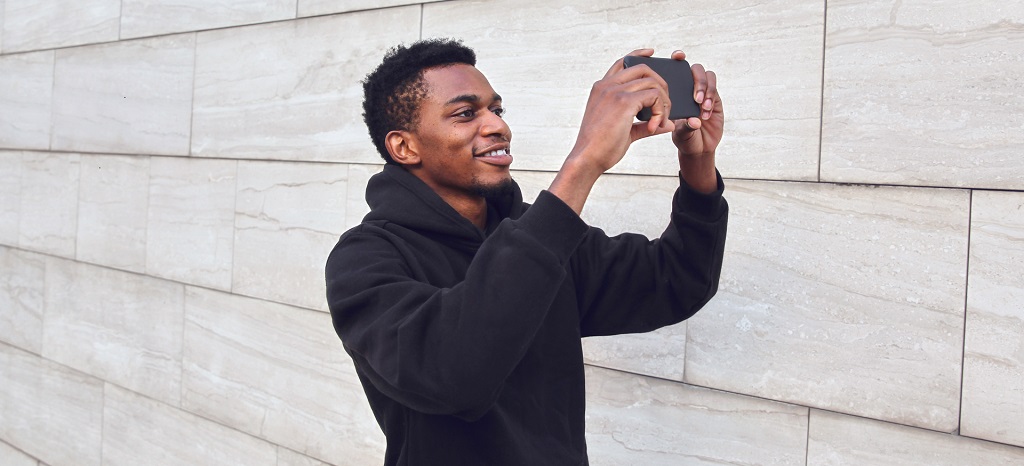



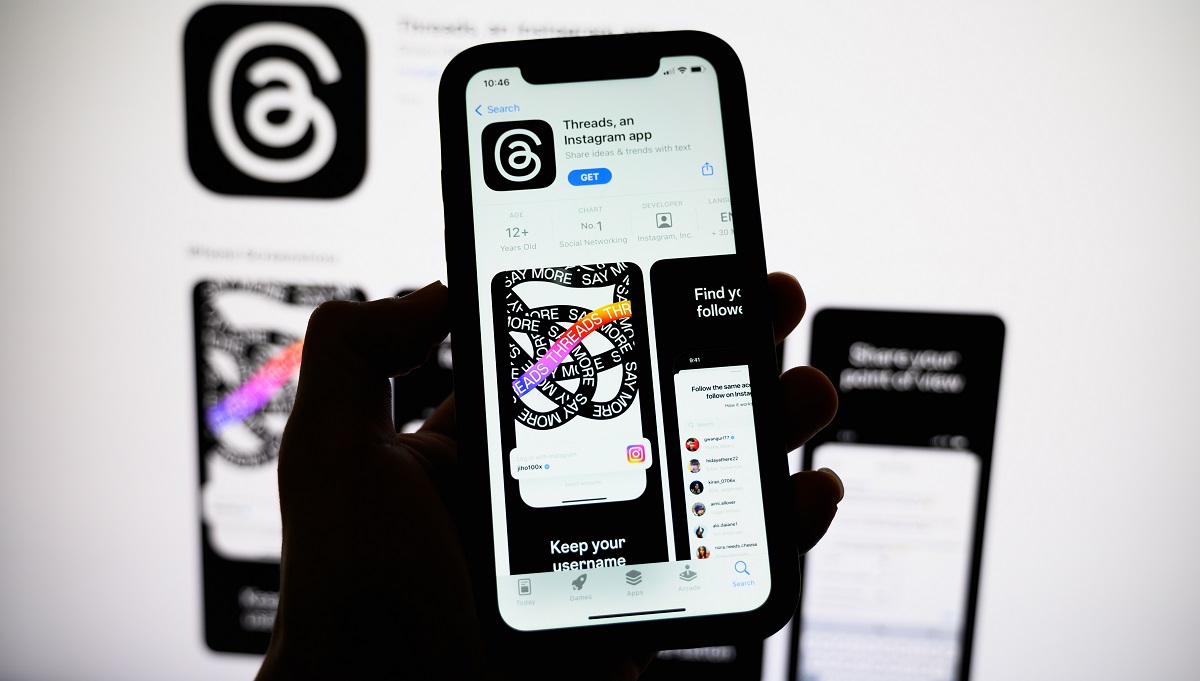

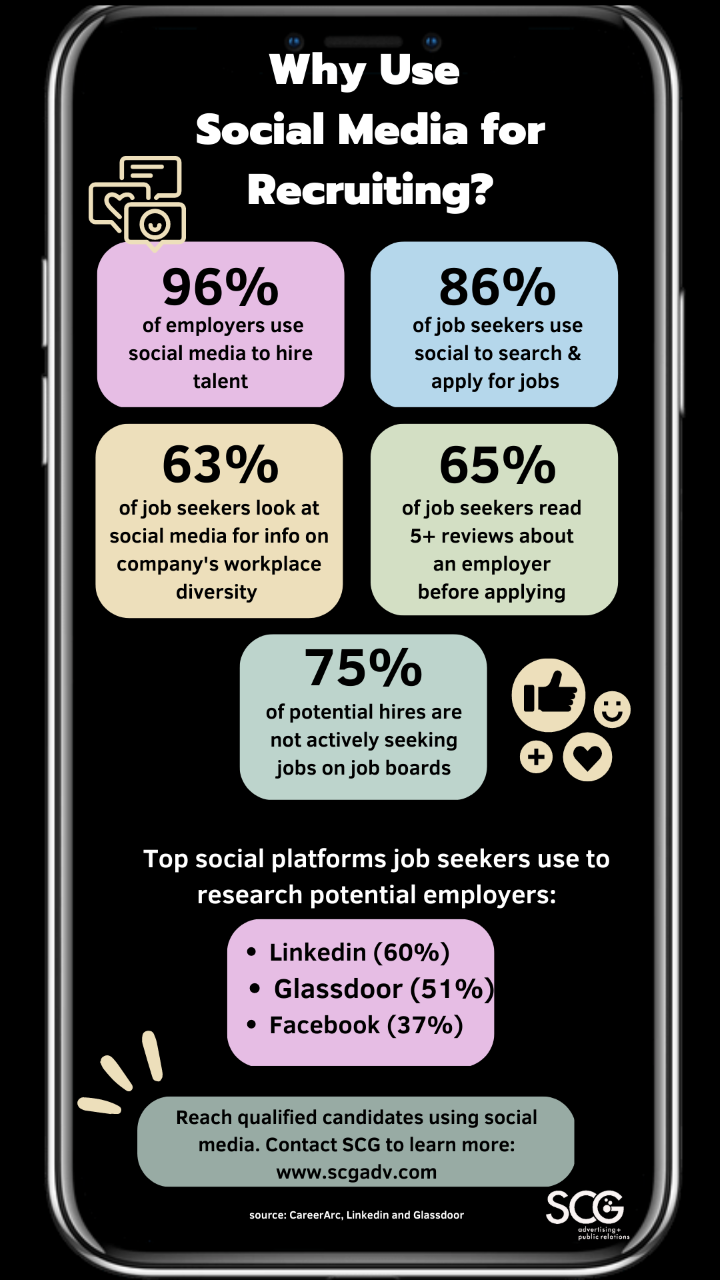
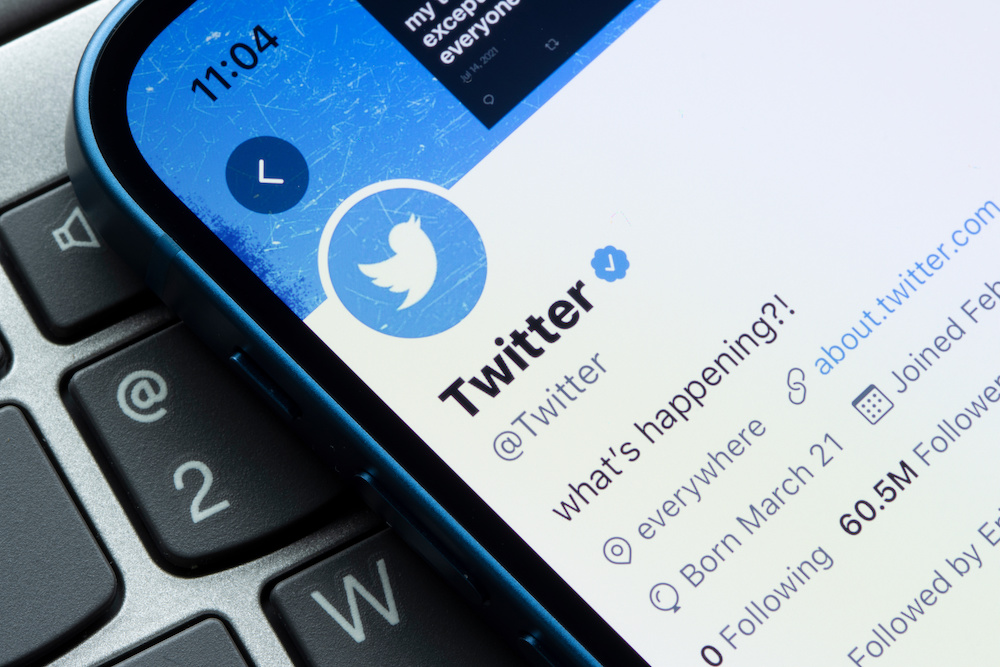
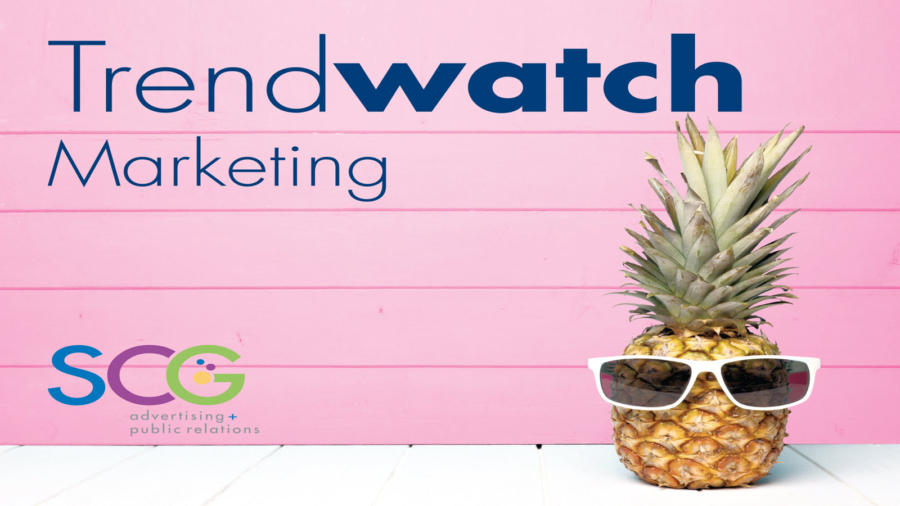
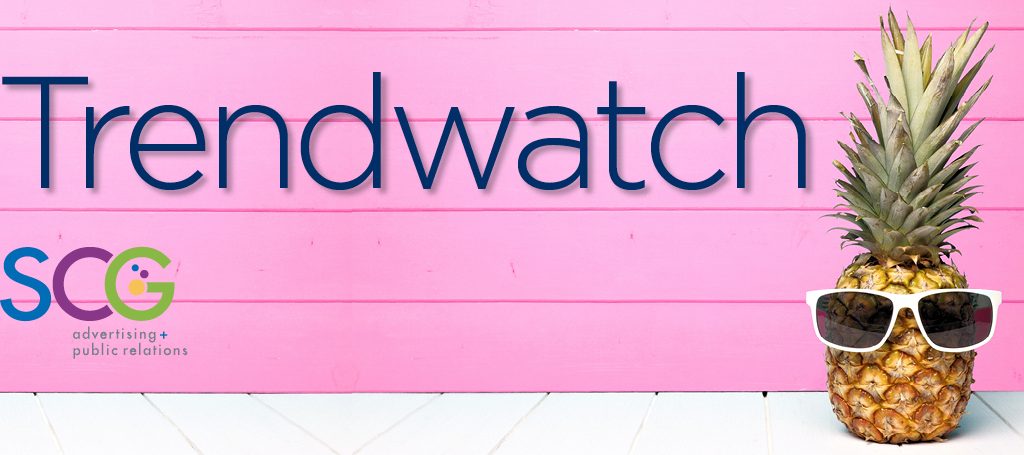

 While we’re all adjusting to a new normal of remote work and virtual classrooms during the COVID pandemic, social media can be an important connection to family and friends. A Harris Poll conducted between late March and early May found that between 46% and 51% of US adults were using social media more since the outbreak began.
While we’re all adjusting to a new normal of remote work and virtual classrooms during the COVID pandemic, social media can be an important connection to family and friends. A Harris Poll conducted between late March and early May found that between 46% and 51% of US adults were using social media more since the outbreak began.
 TikTok is relatively new to the social media landscape. And it could be gone next month.
TikTok is relatively new to the social media landscape. And it could be gone next month.